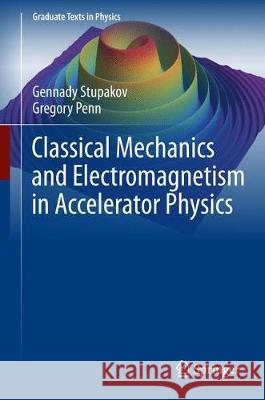Classical Mechanics and Electromagnetism in Accelerator Physics » książka
topmenu
Classical Mechanics and Electromagnetism in Accelerator Physics
ISBN-13: 9783319901879 / Angielski / Twarda / 2018 / 280 str.
Classical Mechanics and Electromagnetism in Accelerator Physics
ISBN-13: 9783319901879 / Angielski / Twarda / 2018 / 280 str.
cena 342,95 zł
(netto: 326,62 VAT: 5%)
Najniższa cena z 30 dni: 327,68 zł
(netto: 326,62 VAT: 5%)
Najniższa cena z 30 dni: 327,68 zł
Termin realizacji zamówienia:
ok. 22 dni roboczych
Bez gwarancji dostawy przed świętami
ok. 22 dni roboczych
Bez gwarancji dostawy przed świętami
Darmowa dostawa!
Kategorie BISAC:
Wydawca:
Springer
Seria wydawnicza:
Język:
Angielski
ISBN-13:
9783319901879
Rok wydania:
2018
Wydanie:
2018
Ilość stron:
280
Waga:
0.64 kg
Wymiary:
16.0 x 24.4 x 1.9
Oprawa:
Twarda
Wolumenów:
01











